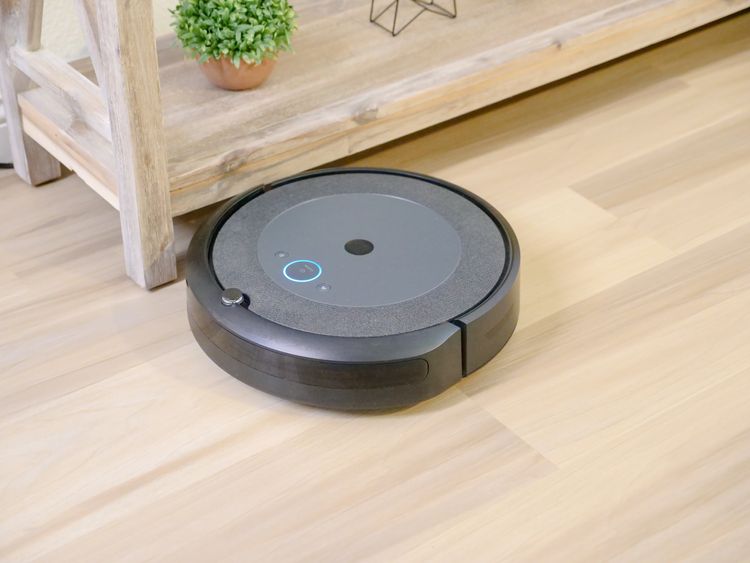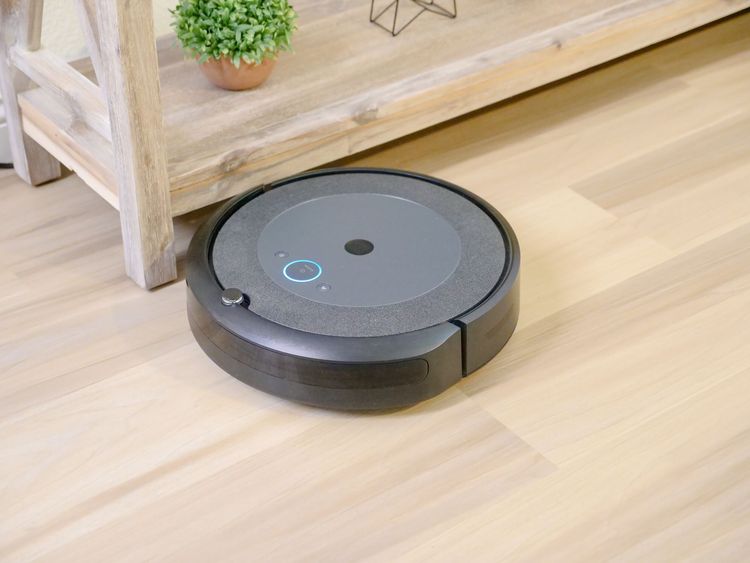🦀 PT Crab Issue 121 - HEP? Maybe?
This week, I’m officially coming to you from Portland, having started my last clinical. All goes well and I’ll be reporting to you as a DPT instead of an SPT in about four months. 🤞. And if you didn’t already know that this is written by a student, hello! I’m a student. But not for long.
This week as I dive back into outpatient ortho, we’re talking about a very outpatient ortho topic. HEPs. Love them or hate them, they’re a part of practice. So we’re gonna talk about them. I can say that as a patient I never did my HEP. EVER. I know it was partially my fault, but I’m also going to blame my PTs. I don’t think they really made the point about why I had to bother very well.
For this issue, we’re looking at whether people actually do HEPs by hiding accelerometers in their equipment. Sneaky sneaky PT PT.
Premium supporters, who get 3x the articles for just $5/months, also got two more (as always) one about figuring out how Physios really feel about HEP adherence, and looking into whether web-based HEPs are really worth your time. At least, according to your patients. Become a PT Crab supporter here. You can cancel anytime!
Let’s dive in!
Do patients do their HEPs? Let’s trick them.
The Gist - This sneaky little study hid accelerometers in the ankle weights they provided folks to find out if they were actually doing their HEPs. They also had them track HEP compliance in a notebook, the standard method of measurement, to see if they agreed. And just to be clear, the patients didn’t know about the hidden device. They thought they were testing a new exercise protocol for knee OA.
They recruited 54 people 45 or older with chronic knee pain to complete a 12 week home-based quad strength program. Patients saw a PT on eval and then again every two weeks with a standardized HEP provided in between. They were asked to track their exercise adherence in a notebook and also did standard outcome measures along the way.
They all started out hot, with 90% of sessions performed in the first two weeks but only 65% in weeks 10 to 12. Surprisingly though, exercise adherence didn’t map with WOMAC knee pain and function scales. HEP adherence wasn’t statistically associated with strength change, WOMAC pain, or function. Interesting.
Tell Me More - Weird, huh? But have you already guessed what I’m going to say? It’s also what the researchers said. In general, people’s pain went down and function went up throughout and they may have stopped exercising just because it was working. These people volunteered for this study outside of the normal process of PT care, indicating that they were interested in doing stuff and wanted to get better. And when they got better, they may have stopped doing stuff. They may also have done a lot of stuff early on because they demonstrated they were interested in doing stuff. Follow?
The result of this study isn’t as obvious as all that though, at least potentially not. Multiple other studies in the past have shown exercise adherence is associated with increased function and decreased pain. So this could be the outlier. Also, the accelerometers didn’t take into account the intensity of exercise nor did the weight of the weights increase throughout so this could all come down to these patients being underloaded and bored. We just don’t know. Still, it’s interesting.
Paper? Yeah man.
And that’s our week. It’s cold and I’m tired, so I’m going to call it right here aside to say have a nice weekend, bye!






Comments
Want to leave a comment and discuss this with your fellow PTs? Join PT Crab and get summarized PT research in your inbox, every week.